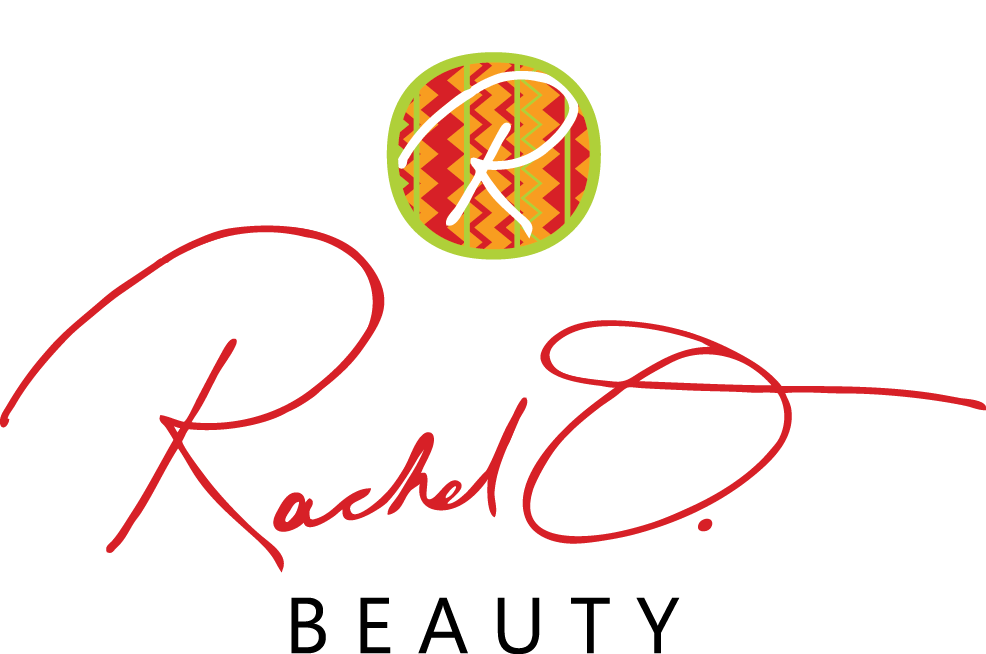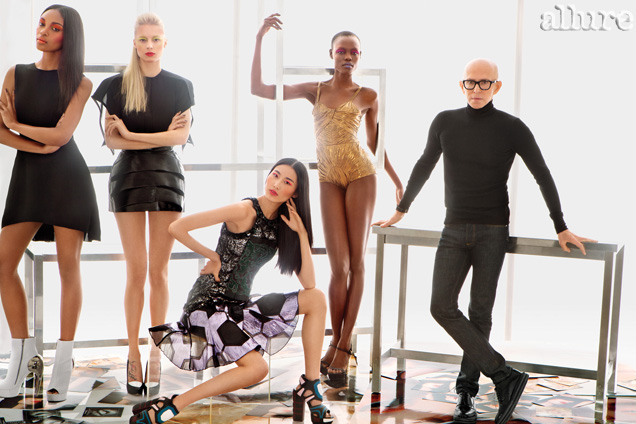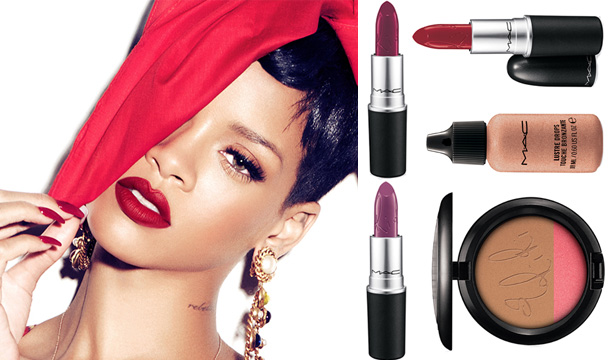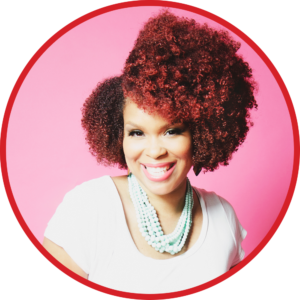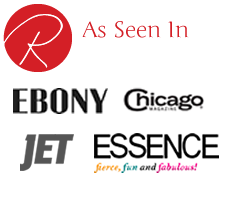Disclaimer: This post is the original content of Allure Magazine reblogged by editor.
Imagine you’re at a dinner party. And not just any dinner party. You’re at a dinner party seated next to Catherine Deneuve, who, by the way, is ignoring you and talking to Raquel Welch. To your right is Nicki Minaj, telling off-color jokes with RuPaul. Just as the salad is served, the door bursts open and Lady Gaga blows in, Elton John and Liza Minnelli right behind her. You look in the corner and see…wait. Is that? Yes, there’s Wonder Woman, discreetly picking a piece of spinach out of her teeth, while Barbie giggles next to her. And just when things can’t get any weirder, you look across the table and lock eyes with Hello Kitty. She tilts her cartoon head and gives you a knowing look—one that says, Yep, welcome to M.A.C.
This is what it’s like inside the world of M.A.C. Cosmetics, a place where all personalities—the stars and the freaks, the icons and the outcasts—are not only welcome, they are revered (which is why each of these dinner guests has had his or her own line with M.A.C.). You may not have noticed, but M.A.C. has quietly taken over the planet. Only the takeover hasn’t been that quiet. The company sells more lipstick (and blush, eye shadow, eyeliner, lip gloss, lip liner, and makeup brushes) than any other nondrugstore brand, according to the NPD Group.
You can buy M.A.C. products in more than 70 countries. There are over 12,000 makeup artists around the world who work for M.A.C. And if you have ever seen a picture of a model walking down the runway at a fashion show, there is a good chance she is wearing at least one form of M.A.C. makeup. To call the brand formidable is like calling Stephen Hawking smart.
“The whole point of M.A.C. is to create an environment where people can write their own story,” says Gordon Espinet, the head makeup artist for the company. “I grew up a complete outcast [in Trinidad], where I didn’t look and behave like everyone else. I was an introvert, the kid who wanted to sit in a dark corner and draw pictures of eyes, not play soccer. When I came to M.A.C. over 20 years ago, it all clicked. These were people like me: We were weird, and we existed in this weird world. We were a family of outsiders.”
Like any company, M.A.C. has a vision of itself. But unlike most, that vision is remarkably accurate. M.A.C. doesn’t just claim to be all things to all people—”all ages, all races, all sexes” is the oft-repeated mantra—it actually is. Think of any other makeup line (we’re not going to name names here, but you should feel free). Chances are, if you conjure up a certain cosmetic counter, you envision hipster teenagers in San Francisco. Or beautifully dressed women in Paris. Or maybe a preppy blonde with a single strand of pearls around her neck. But with M.A.C., you can’t do it. The line isn’t just a cult among a certain demographic; it has a following amongevery demographic.
Here’s how it happened: In 1994, when every beauty and fashion company was clamoring to put single-name supermodels on their billboards, M.A.C. launched an ad campaign starring a black drag queen from Atlanta. Almost instantly, a few things happened: The brand, the makeup, and RuPaul were catapulted to worldwide fame. And M.A.C. very clearly established itself as an unconventional makeup line. We won’t look down on you, and we won’t intimidate you, because we know what it was like to be picked on by the cool kids. And guess what? Now we’re the cool kids. To anyone who ever had an awkward moment in her (or his) life, the message resonated.
Continue reading story here
